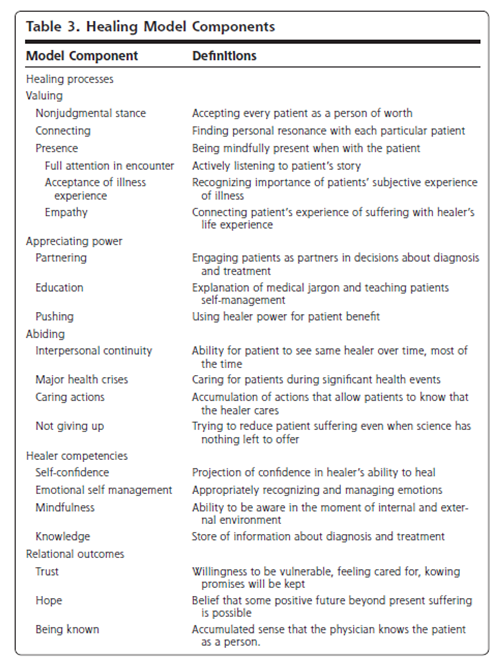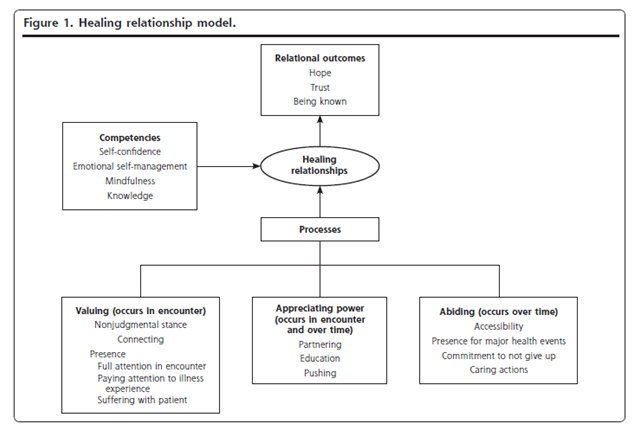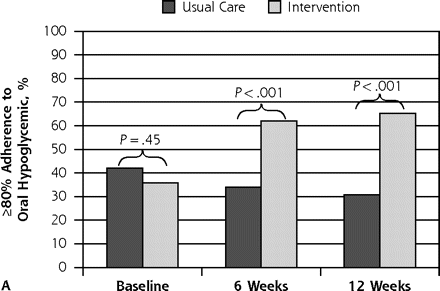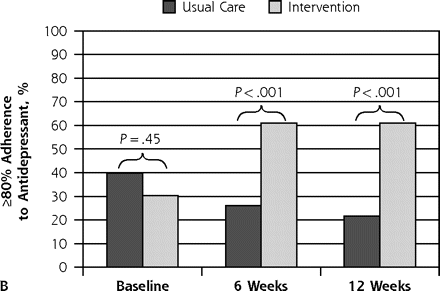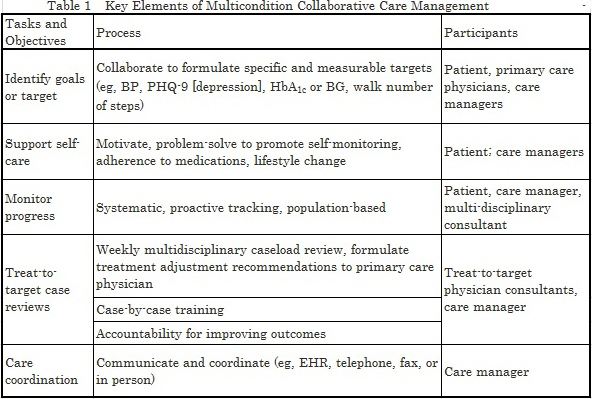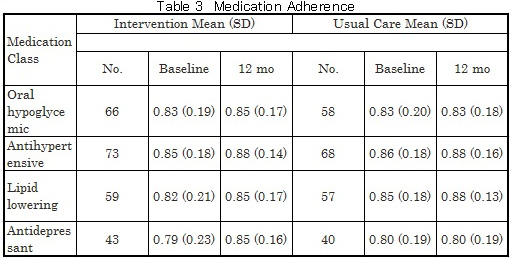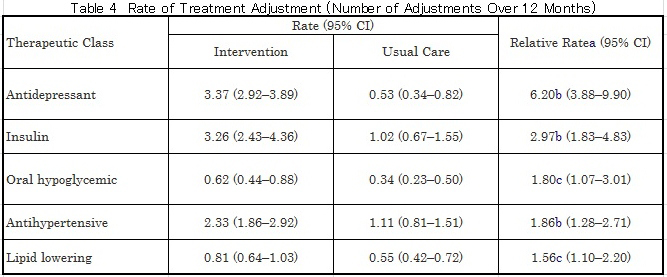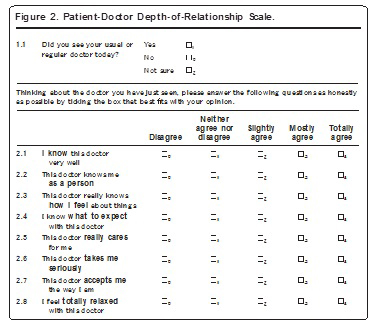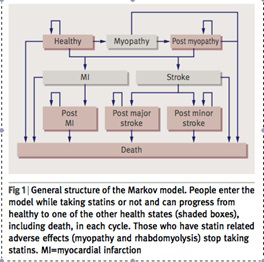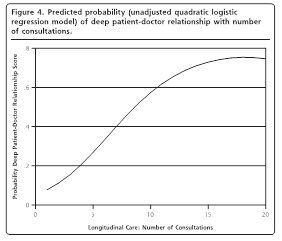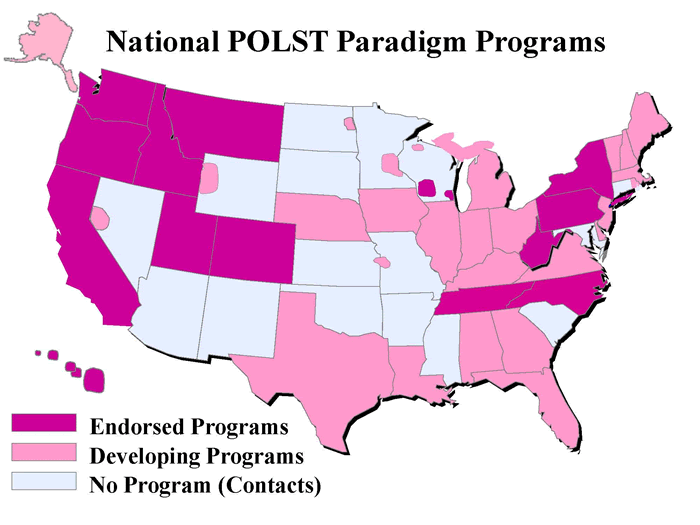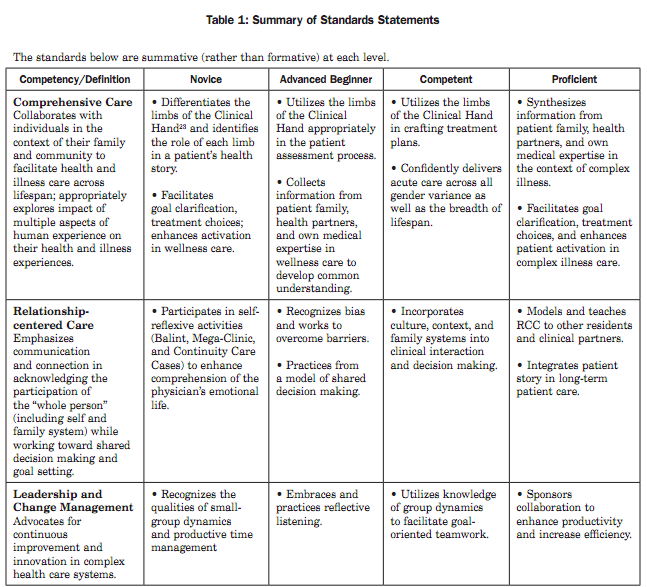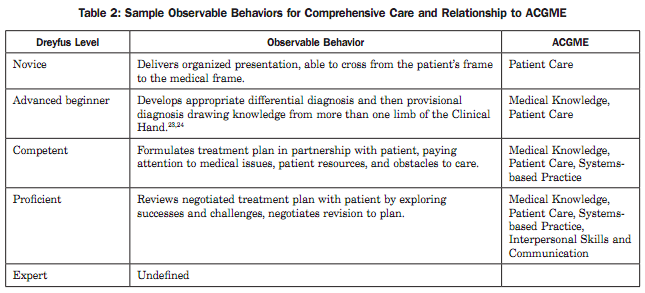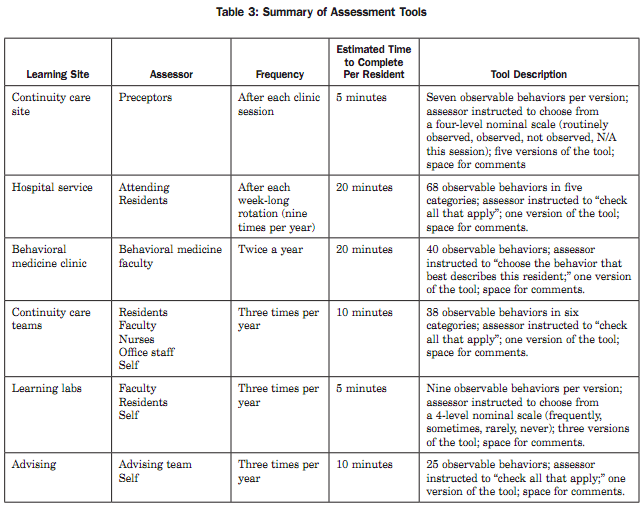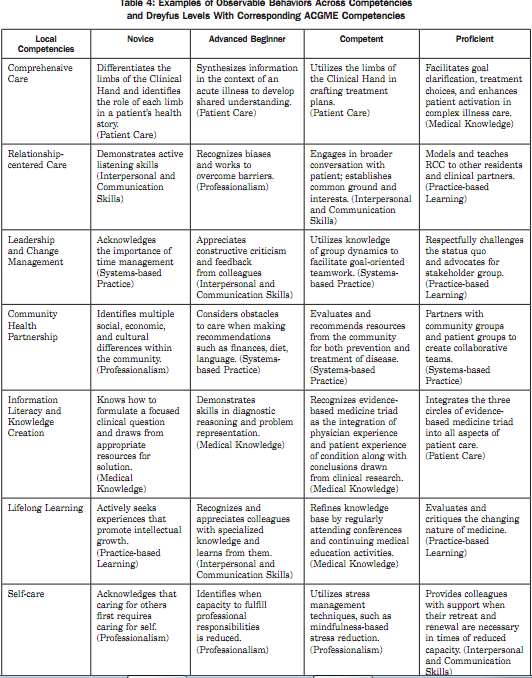【文献名】
Toothbrushing, inflammation, and risk of cardiovascular disease: results from Scottish Health Survey
Cesar de Oliveira, research fellow in epidemiology and public health, Richard Watt, professor and honorary consultant in dental public health, Mark Hamer, senior research fellow in epidemiology and public health
BMJ 2010; 340 doi: 10.1136/bmj.c2451
【要約】
<Objective>
To examine if self reported toothbrushing behaviour is associated with cardiovascular disease and
markers of inflammation (C reactive protein) and coagulation (fibrinogen).
<Design>
National population based survey.
<Setting>
Scottish Health Survey, which draws a nationally representative sample of the general population living in
households in Scotland.
<Participants>
11 869 men and women, mean age 50 (SD 11).
<Main outcome measures>
Oral hygiene assessed from self reported frequency of toothbrushing. Surveys were linked prospectively to clinical hospital records, and Cox proportional hazards models were used to estimate the
risk of cardiovascular disease events or death according to oral hygiene. The association between oral hygiene and
inflammatory markers and coagulation was examined in a subsample of participants (n=4830) by using general
linear models with adjustments.
<Results>
There were a total of 555 cardiovascular disease events over an average of 8.1 (SD 3.4) years of follow-up,
of which 170 were fatal. In about 74% (411) of cardiovascular disease events the principal diagnosis
was coronary heart disease. Participants who reported poor oral hygiene (never/rarely brushed their teeth) had
an increased risk of a cardiovascular disease event (hazard ratio 1.7, 95% confidence interval 1.3 to 2.3; P<0.001) in a fully adjusted model. They also had increased concentrations of both C reactive protein (β 0.04, 0.01 to 0.08) and fibrinogen (0.08, ?0.01 to 0.18).
<Conclusions>
Poor oral hygiene is associated with higher levels of risk of cardiovascular disease and low grade
inflammation, though the causal nature of the association is yet to be determined.
【開催日】
2012年2月25日
